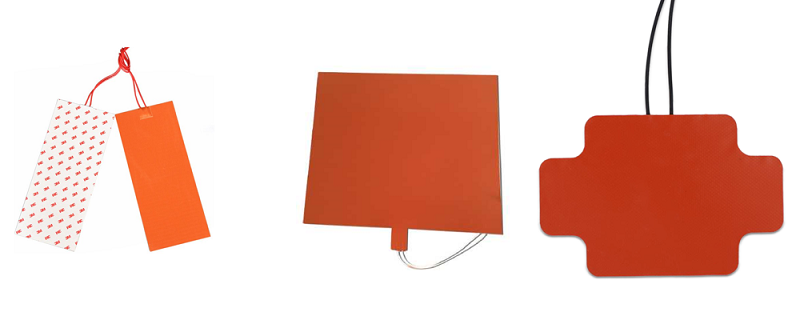Custom-made small-volume silicone heater elements are sold, and various types of silicone rubber resistance heaters can be customized in batches.
Voltage: 1-380V
Insulation Material: Silicone
Thickness: 1-3MM (Conventional 1.5MM)
Static Power Deviation: +/-5% (According To Customer Requirements)
Withstand Voltage: withstand Voltage AC 1500V 5MA/min
Insulation: Insulation DC 1000V >100MΩ
Temperature: -40°C - 250°C (Below 200°C For Long-term Use)
Installation Method: Adhesive Paste, Installation Through mechanical Installation Holes
Solder Joint Insulation Treatment: Epoxy, Silicone Pressure
Temperature Control Method: Adjustable Thermostat, Temperature Fuse, Temperature Control Switch


Silicone rubber heaters are available in wire-wound or etched foil configurations. Wire-wound elements consist of resistance wire wound on a fiberglass thread to provide support and stability. They can withstand repeated bending without affecting their performance and shape. Etched foil can be made from various alloys, including aluminum, stainless steel, non-magnetic nickel-chromium alloys, copper, and constantan, which contribute to their excellent heat transfer capability. Our extensive experience in these materials allows us to design and provide the best solutions for your specific application.

